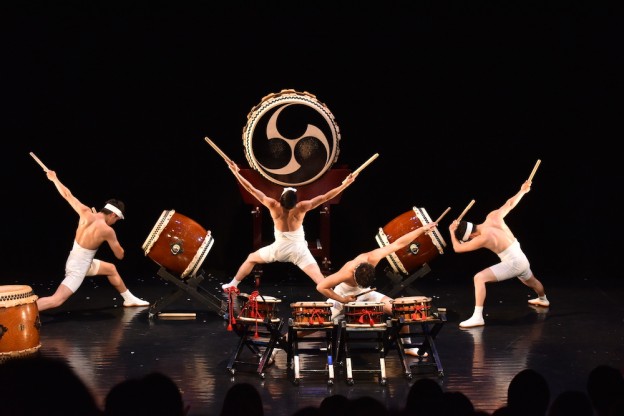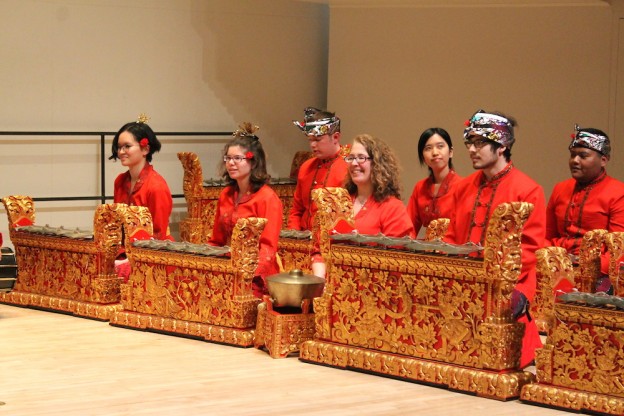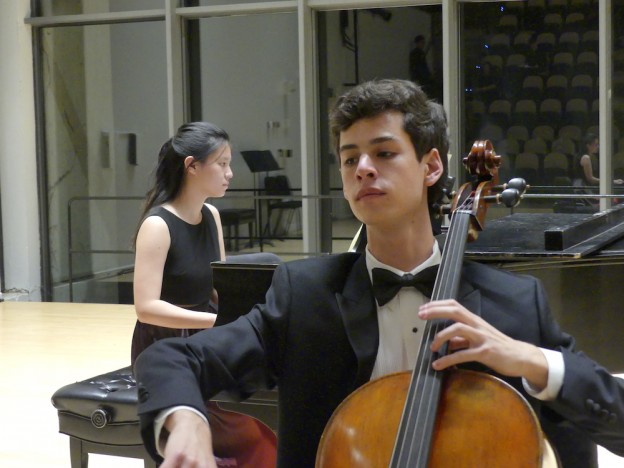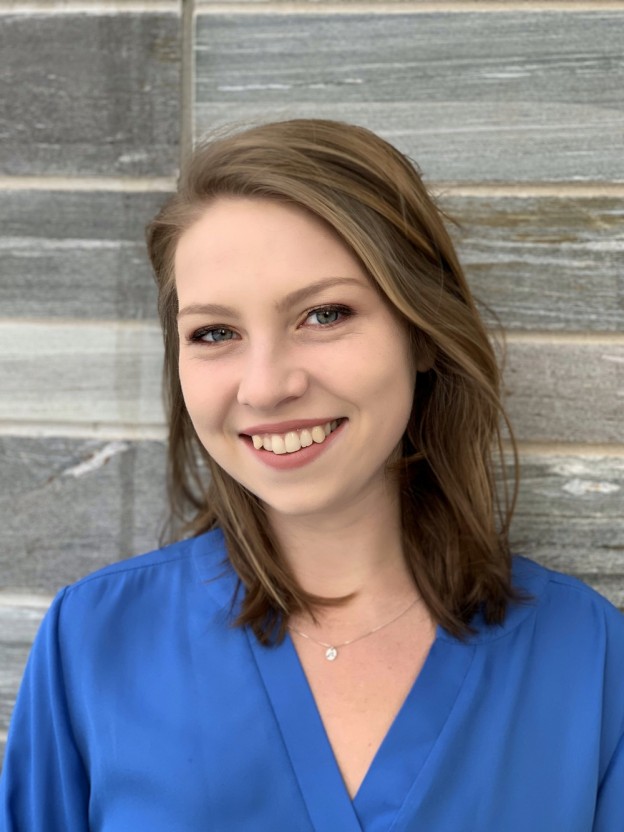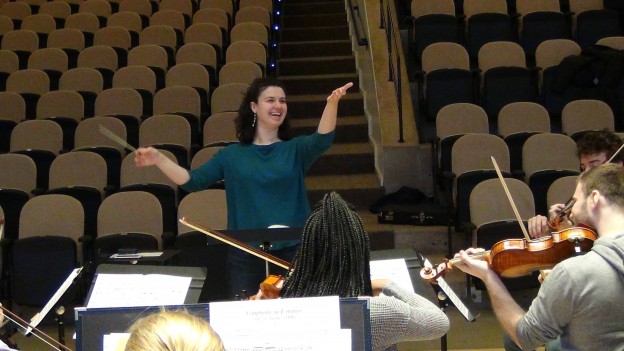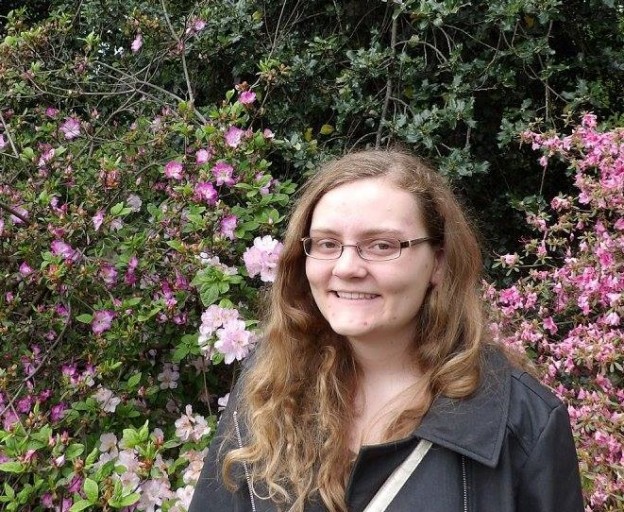Returning for its annual performance on Monday, April 15th, the Tamagawa Taiko Drum and Dance Group enters the nineteenth year in its close relationship with the Swarthmore Music and Dance Department. Since 2000, the Tamagawa Taiko Drum and Dance Group has garnered annual attention, loyalty, and enthusiasm from Swarthmore faculty and students, as well as members of the surrounding Greater Philadelphia region, with a performance each spring in Philadelphia’s Cherry Blossom Festival.
This close-knit relationship began when retired Professor Kim Arrow of the Swarthmore Dance Program met Tamagawa Taiko director, Isaburoh Hanayagi, at a Philadelphia dance festival in 1999. Since this first serendipitous meeting, Tamagawa Taiko’s presence and influence on students has grown tremendously. Professor Joseph Small, Swarthmore’s new taiko dance professor since Professor Kim Arrow’s retirement, remembers first hearing about Tamagawa University back when he was a student at Swarthmore in 2002. That spring during Tamagawa Taiko’s visit, Small and a few other taiko students learned the piece “Shin-Tamagawa Daiko,” now a mainstay of Swarthmore taiko’s repertory.
“As a member from 2003-2004, along with Alex Hudson ’05, I recall both the physical intensity and vigor of playing, as well as the intricacy of choreography occurring both at the individual level and between the group – sometimes relying upon pinpoint precision, sometimes asking for personal flair and character,” says Small.
It is precisely this vigor and intricacy that Tamagawa Taiko is known for. Small characterizes Tamagawa Taiko’s quintessential and unique style as bright, energetic, and heartfelt, with works consisting of both traditional folk rhythms and wholly new, contemporary choreography. This versatile repertory emerges out of the group’s diverse music and dance training at Tamagawa University. When Small did a semester abroad there, the training involved classes in Japanese folk dance, classical dance known as Nihon Buyo, and the more traditionally Western styles of ballet, contemporary, modern, jazz, tap, and hip-hop.
The students at Tamagawa Taiko however, are not only involved in music and dance training, but also in the production component of their tours and performances. During their first year at University, they are required to work as staff in production and stagework to learn the realities of what goes into a performance. With this kind of investment in their touring, the students in the Tamagawa Taiko group care deeply about what they share with their audiences.
Small hopes that both the students at Swarthmore as well as those in Tamagawa Taiko will have an opportunity to share and exchange culture and passion, taking note of the vast possibilities of taiko and its transnational dimension with Japanese cultural roots. In addition to the formal performance on April 15th in the Lang Music Concert Hall at 7:30pm, there will be a smaller public performance by Swarthmore taiko students – to “drum up interest” – at 12:30pm in front of Parrish Hall.
Marion Kudla ’19
